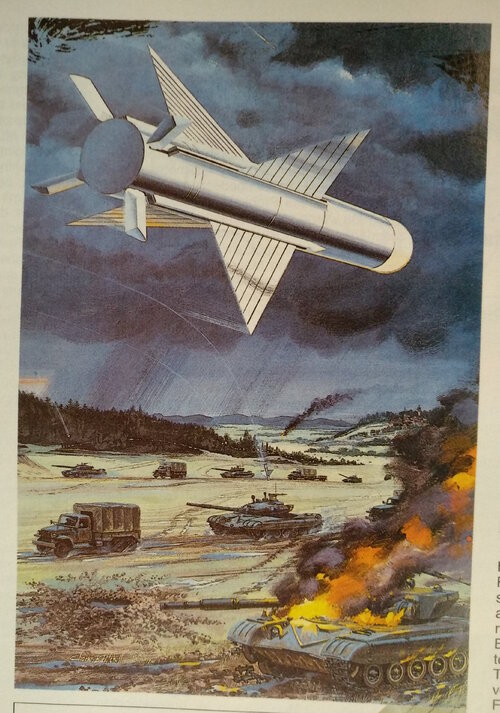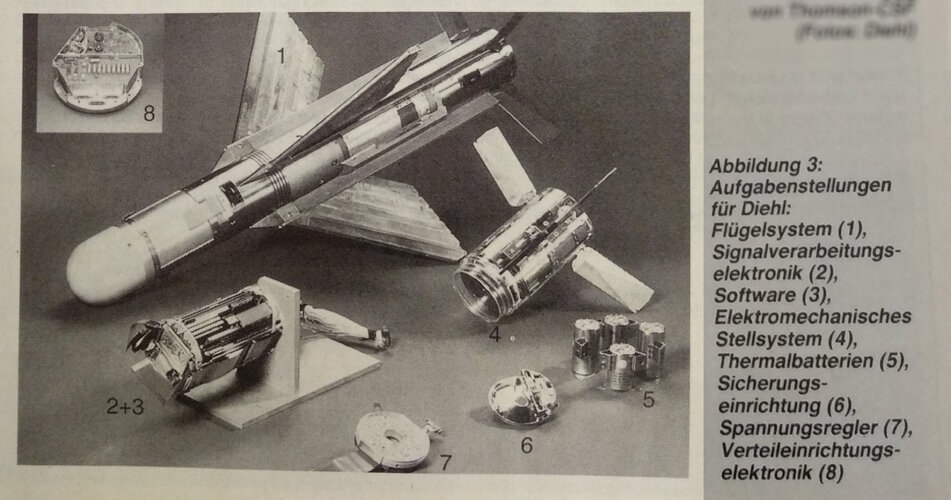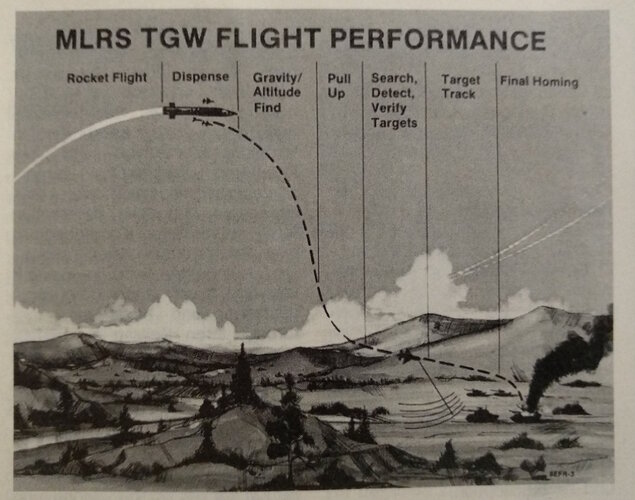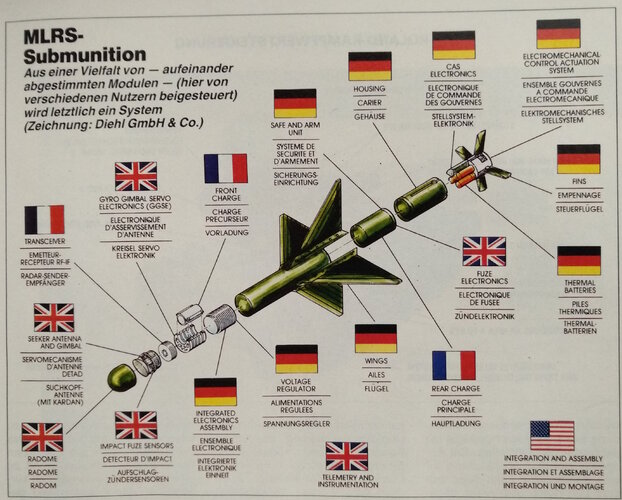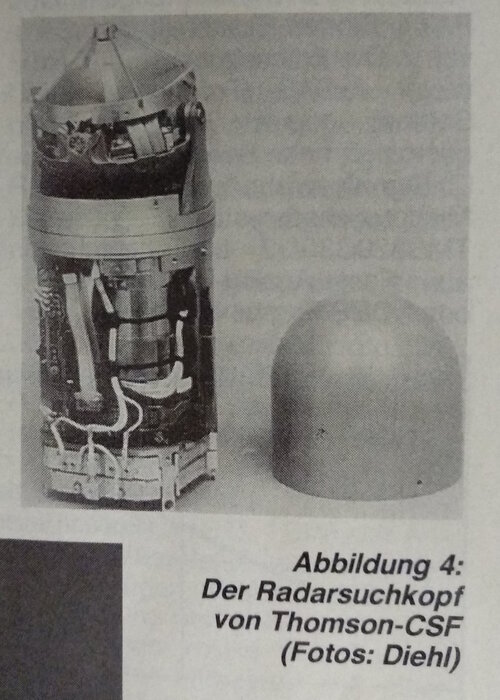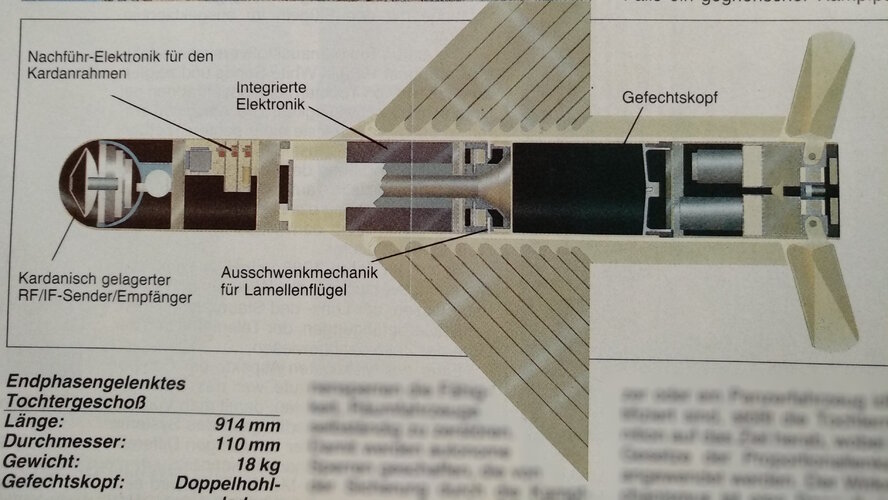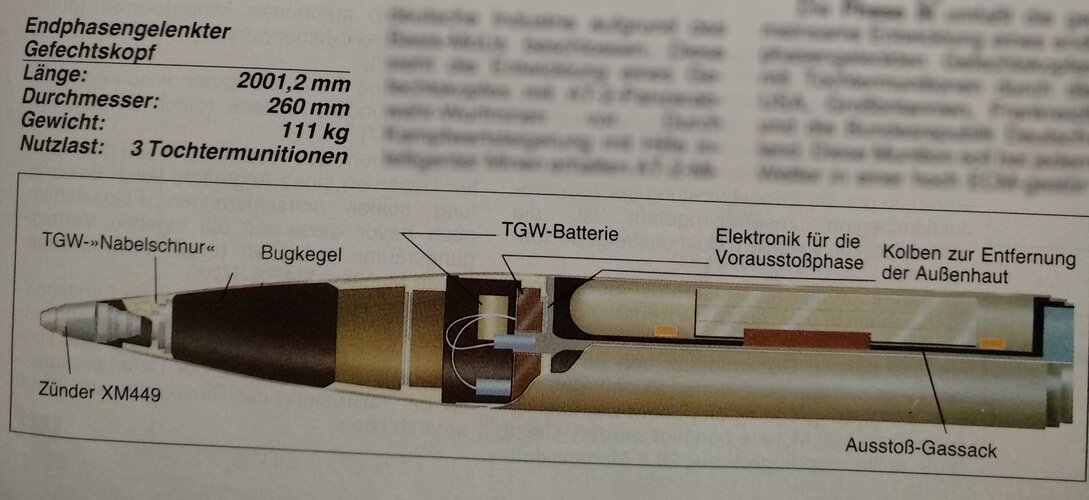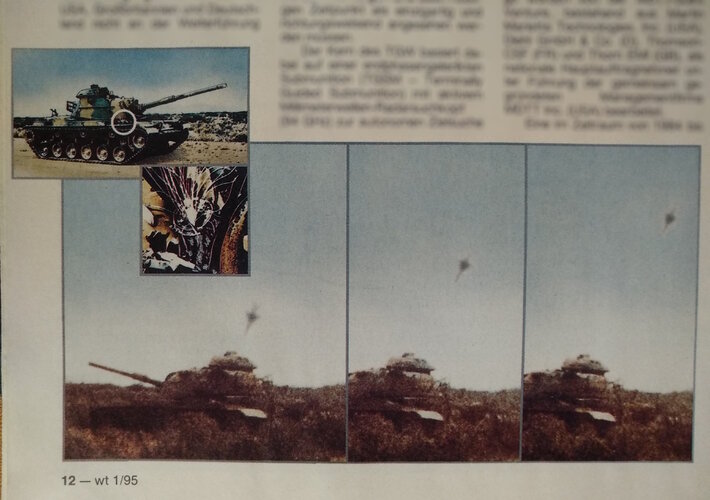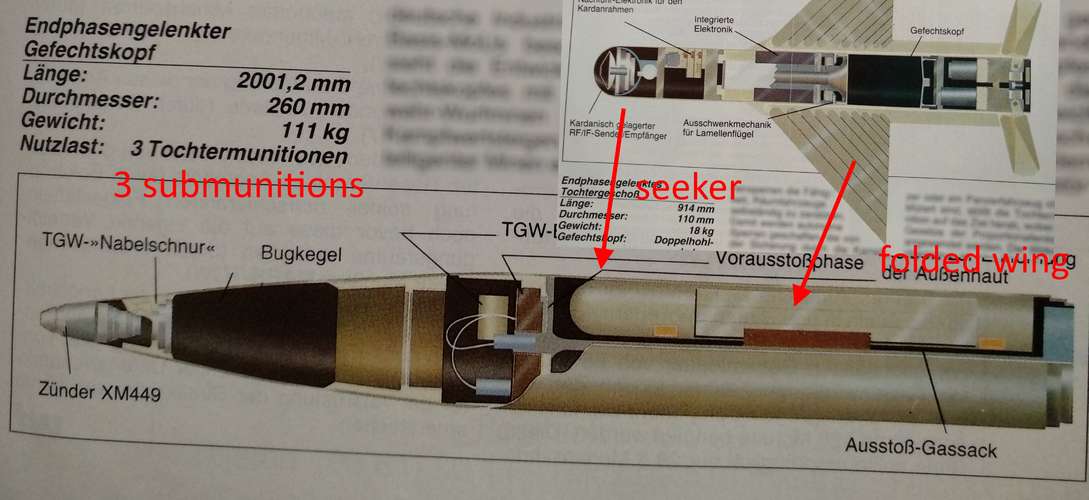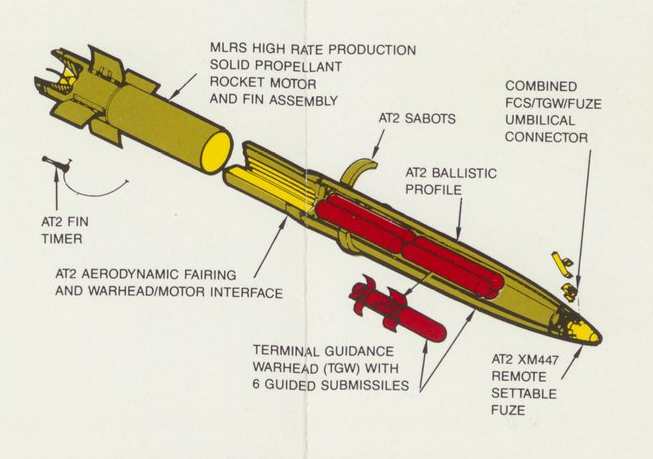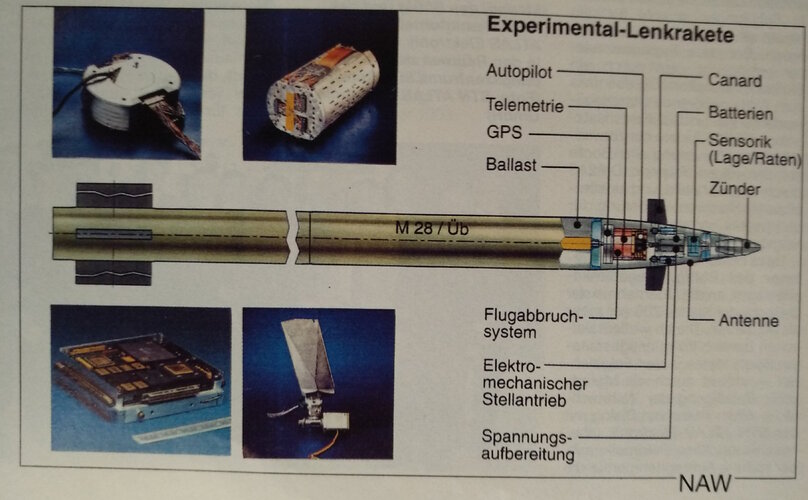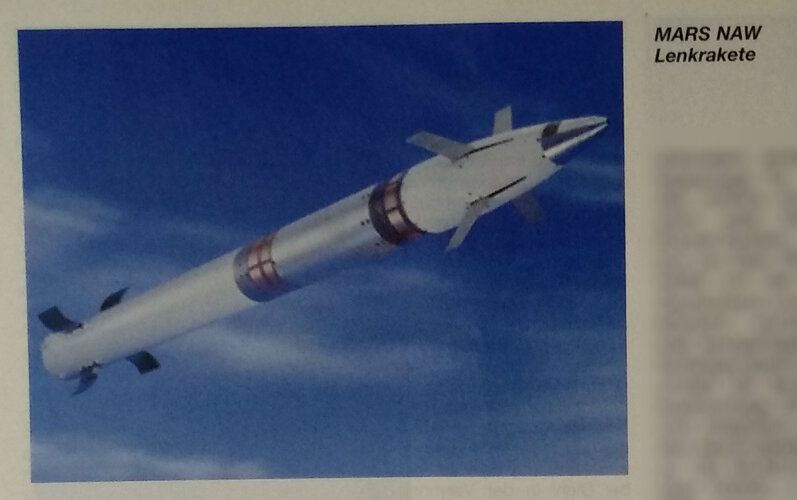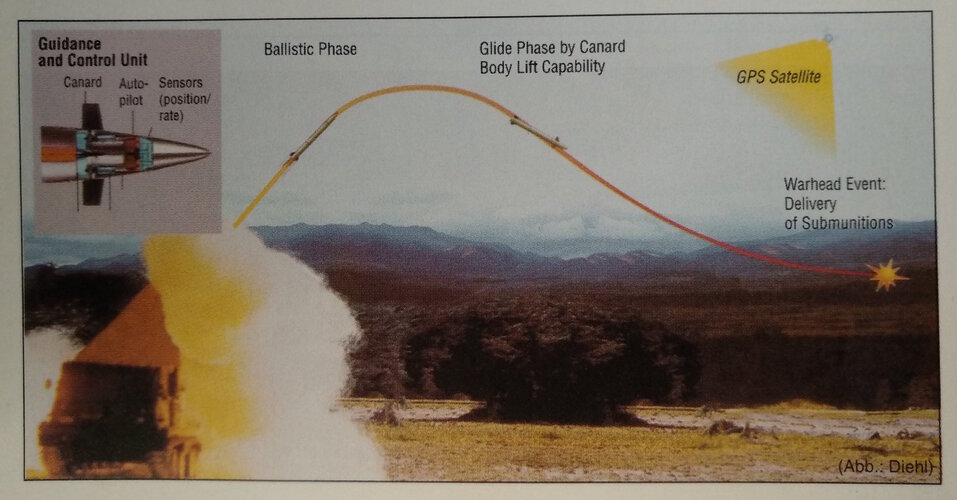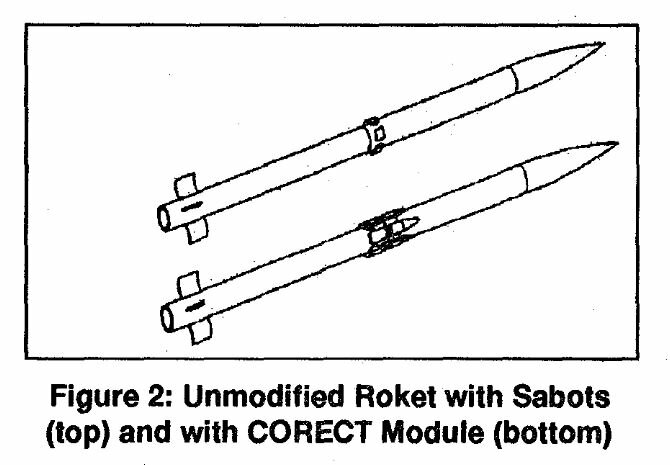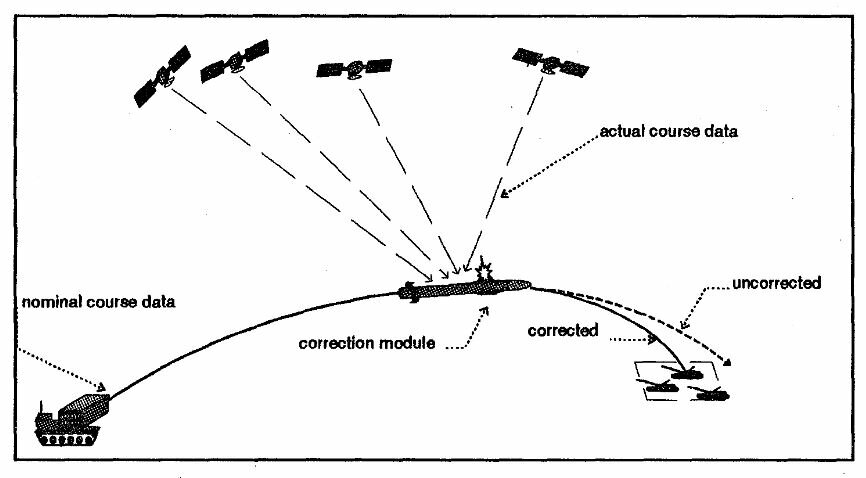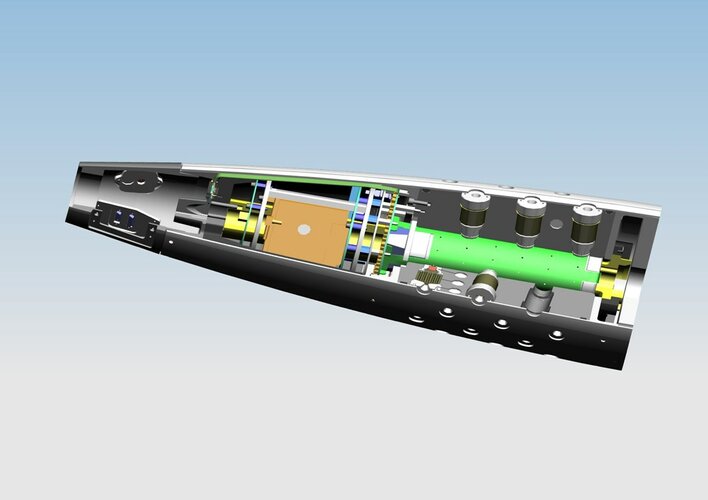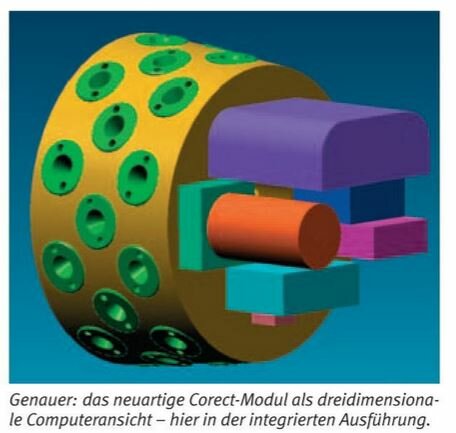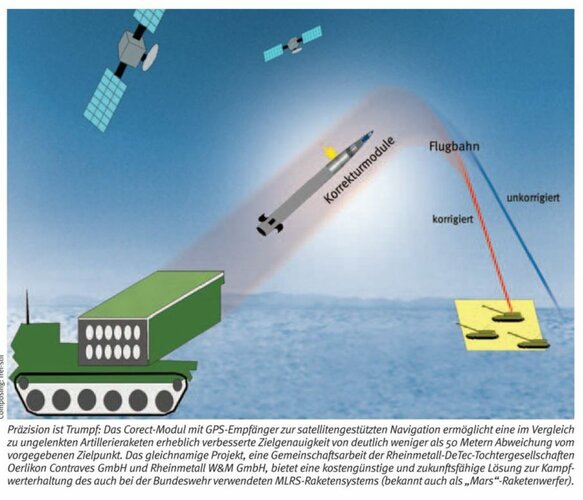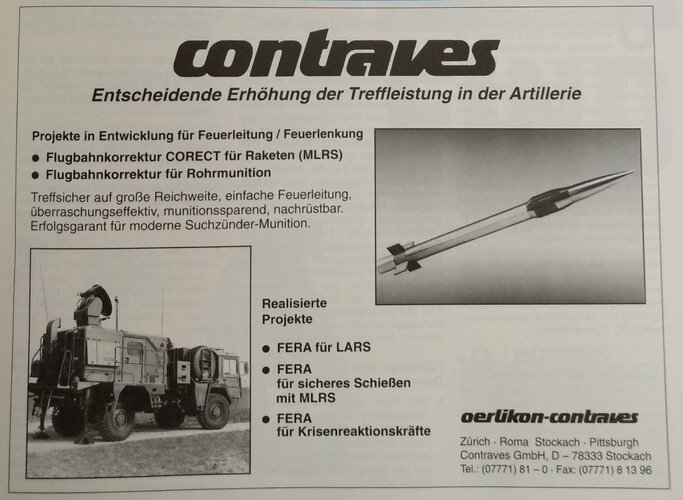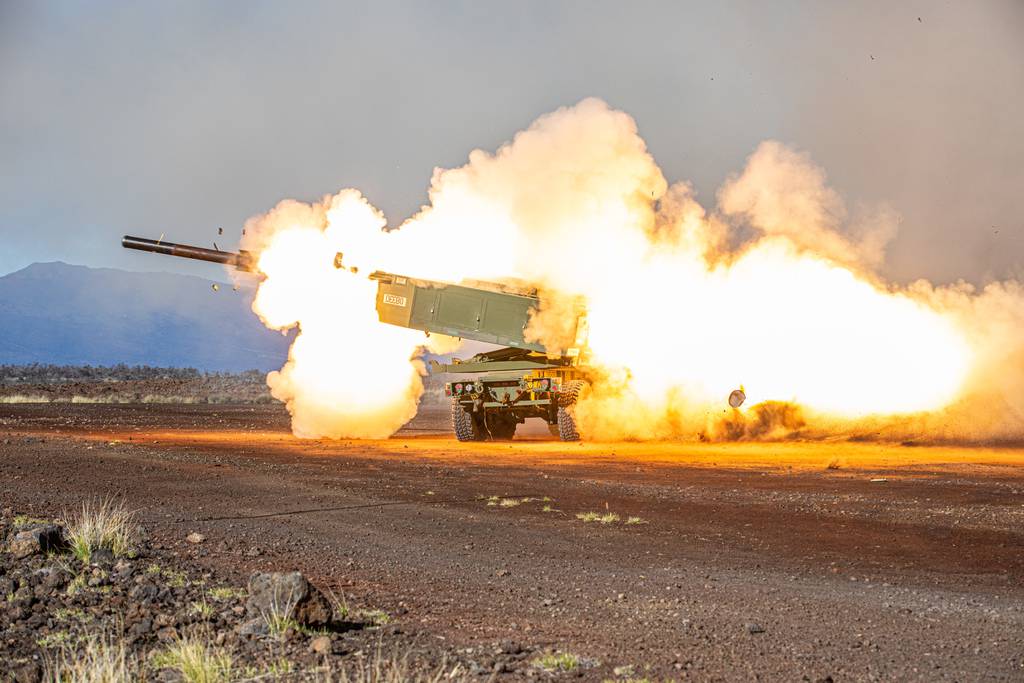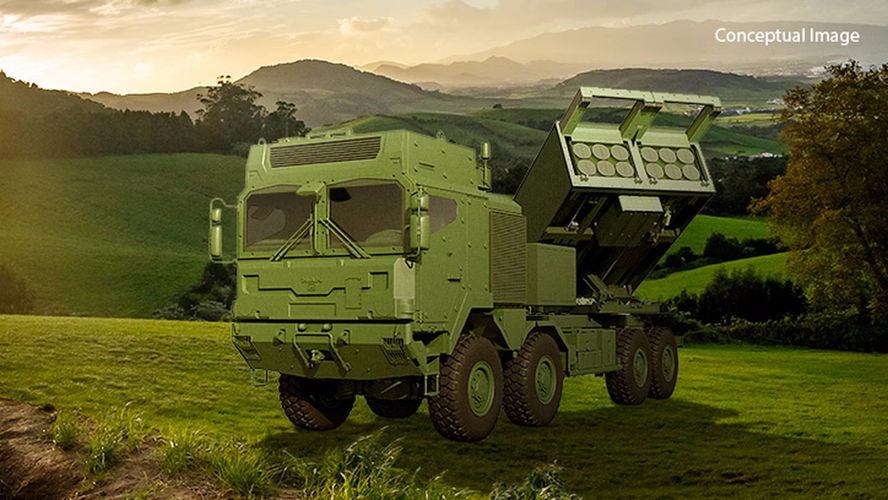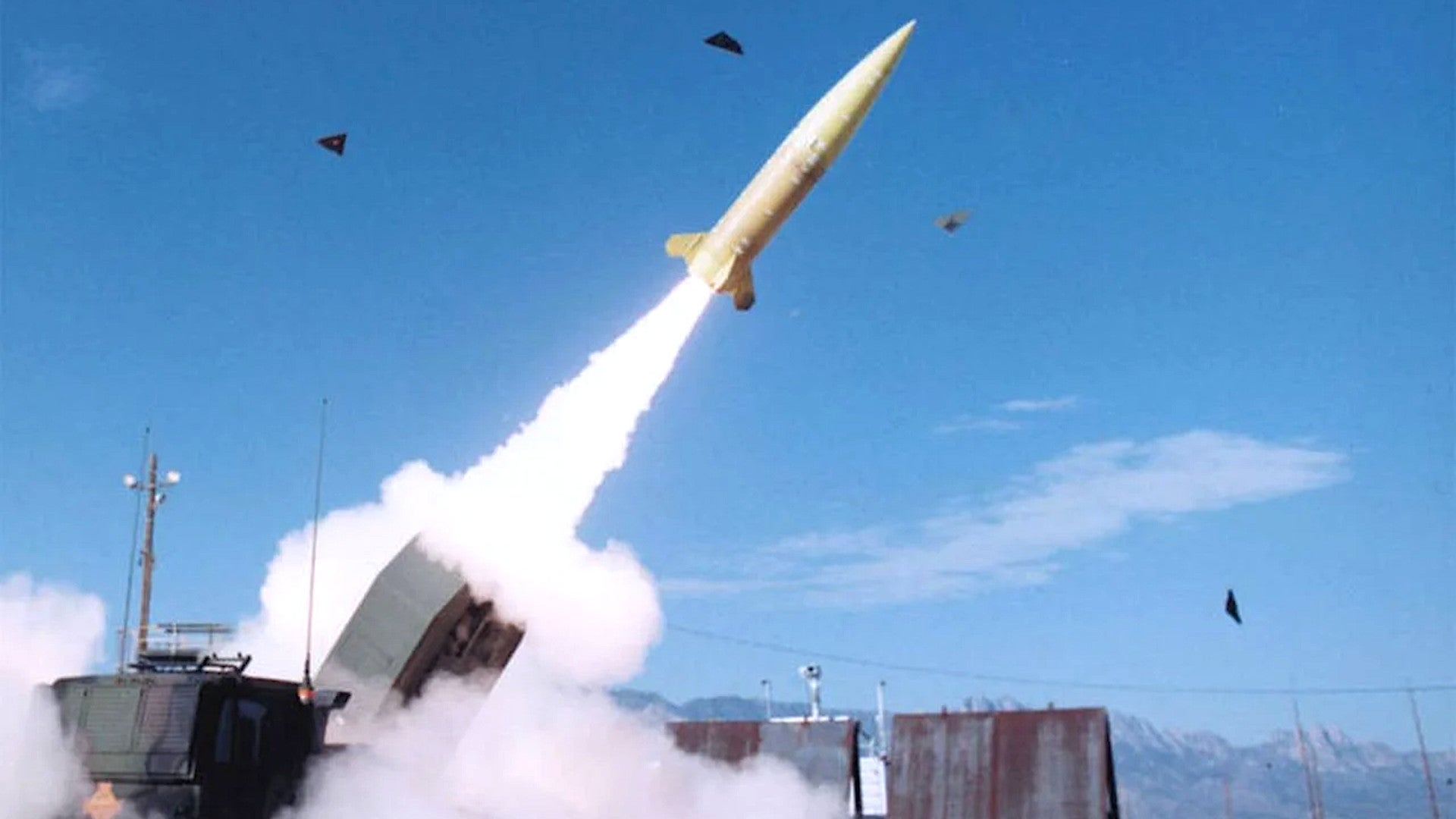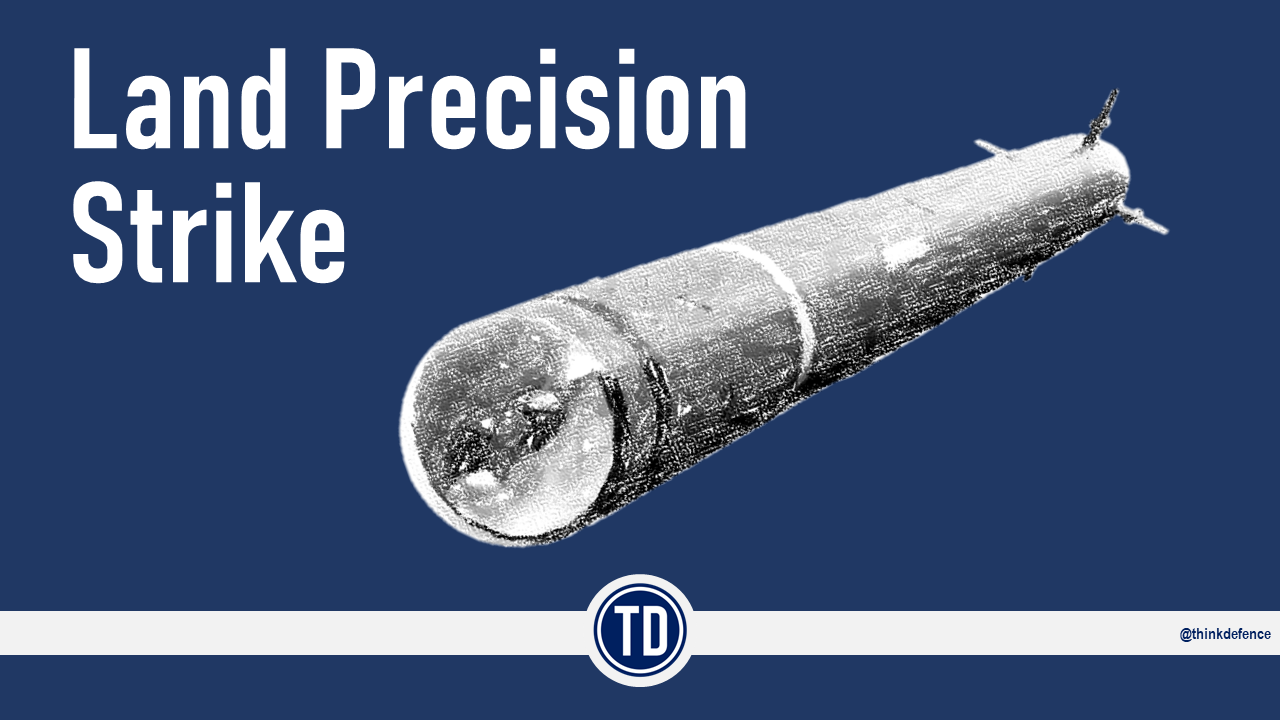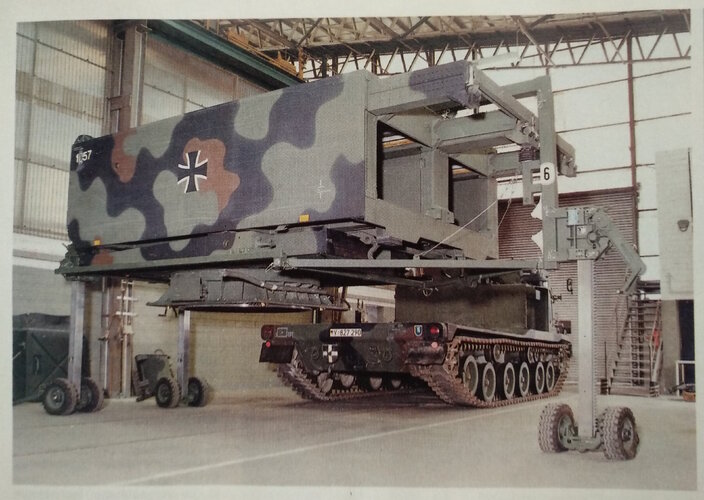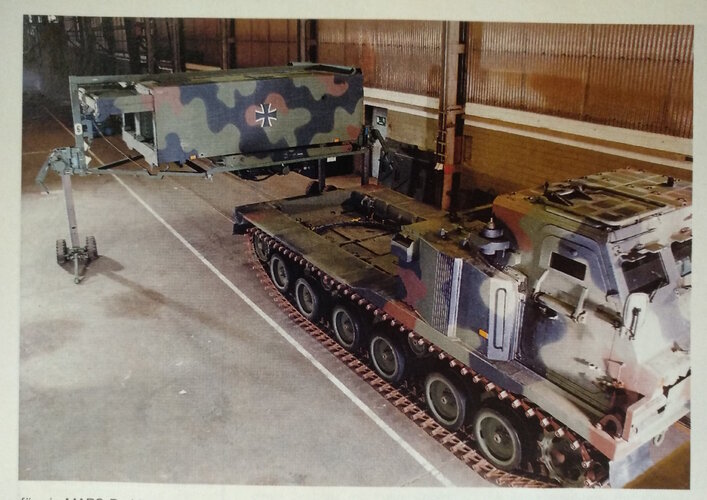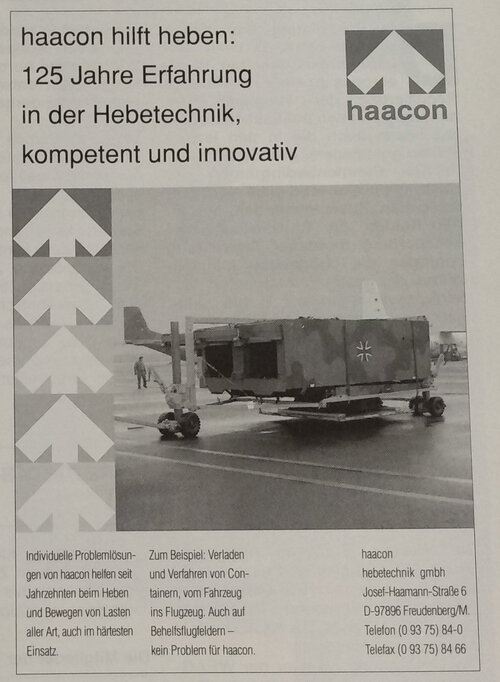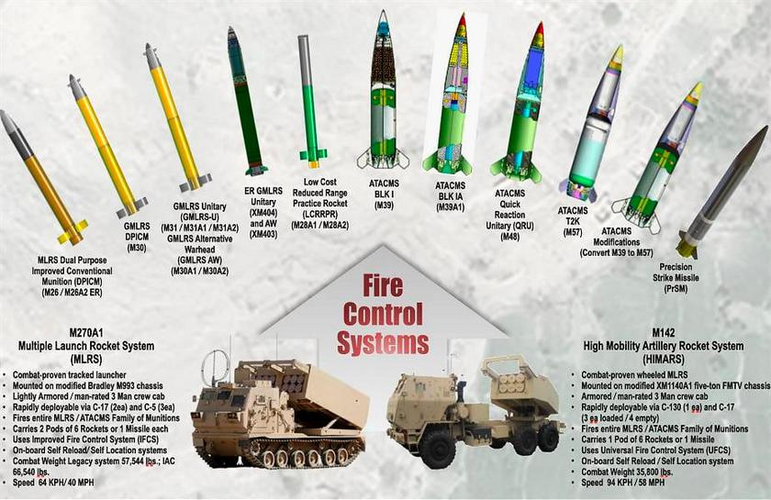timmymagic
Forever disappointed in MoD procurement...
- Joined
- 23 August 2011
- Messages
- 1,055
- Reaction score
- 2,800
Looks like the end of M270 in Norwegian service...
8 are going to the British Army, who will then send 8 of their M270-B1 to Ukraine. The M270 will then be upgraded to M270A2 standard by the UK. This is the same deal that was done with the previous 3. This should give the Ukrainian's a fleet of 23 M270 variants in total.
That should leave 1 launcher left in Norway, which will presumably go into a museum.
I guess we should expect a HIMARS or Chunmoo order for Norway in due course....
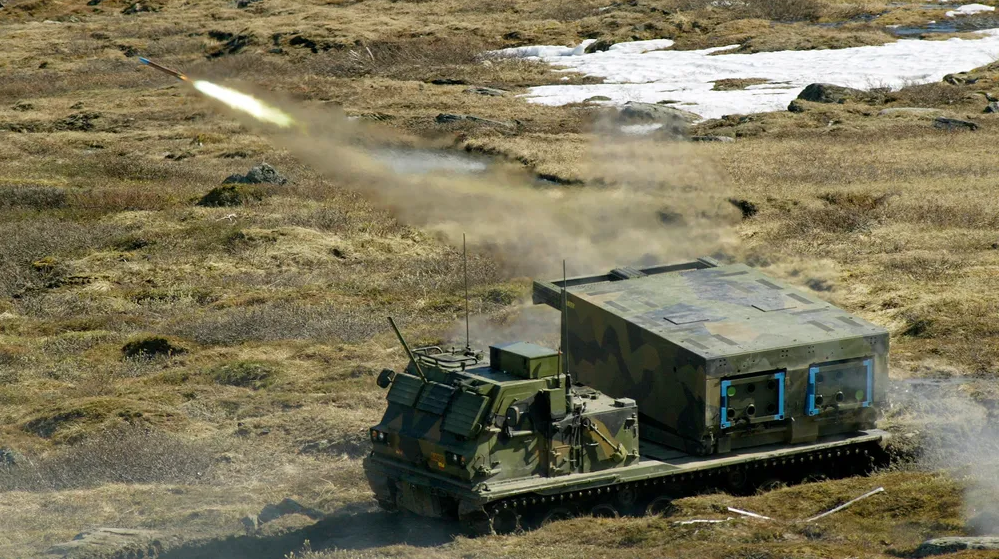
 www.regjeringen.no
www.regjeringen.no
8 are going to the British Army, who will then send 8 of their M270-B1 to Ukraine. The M270 will then be upgraded to M270A2 standard by the UK. This is the same deal that was done with the previous 3. This should give the Ukrainian's a fleet of 23 M270 variants in total.
That should leave 1 launcher left in Norway, which will presumably go into a museum.
I guess we should expect a HIMARS or Chunmoo order for Norway in due course....

Noreg støttar Ukraina med langtrekkjande artilleri og radarar
Noreg gir tre artillerilokaliseringsradarar og åtte langtrekkjande rakettartilleri av typen MLRS. Donasjonane skjer i tett samarbeid med Storbritannia.

